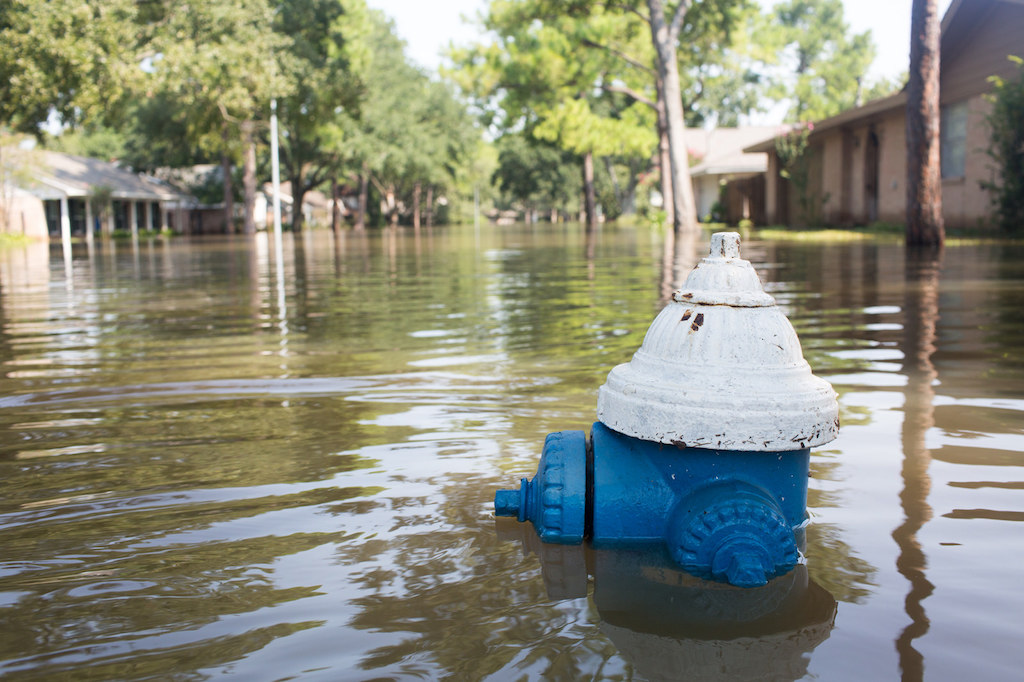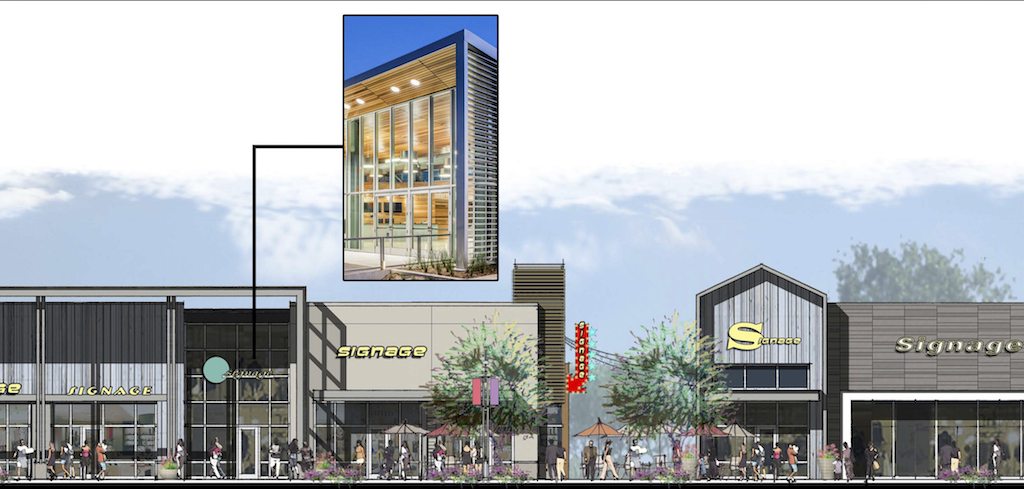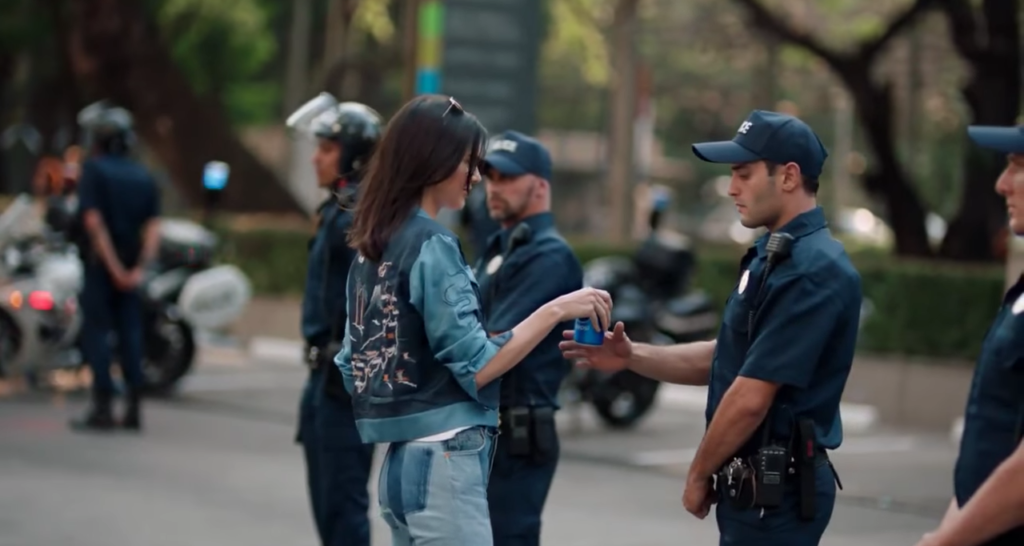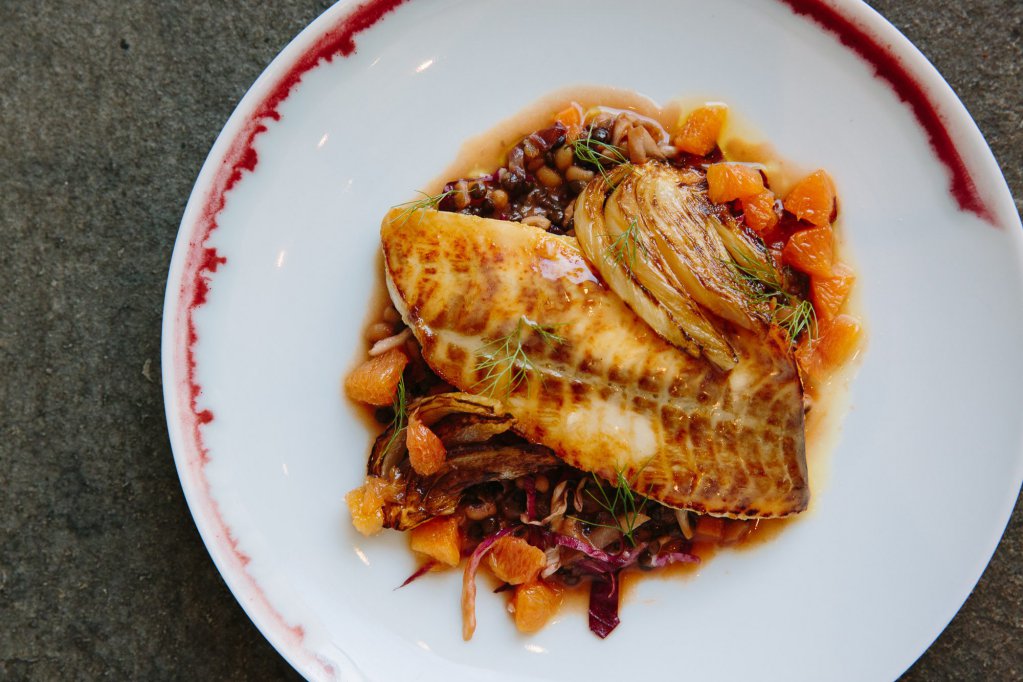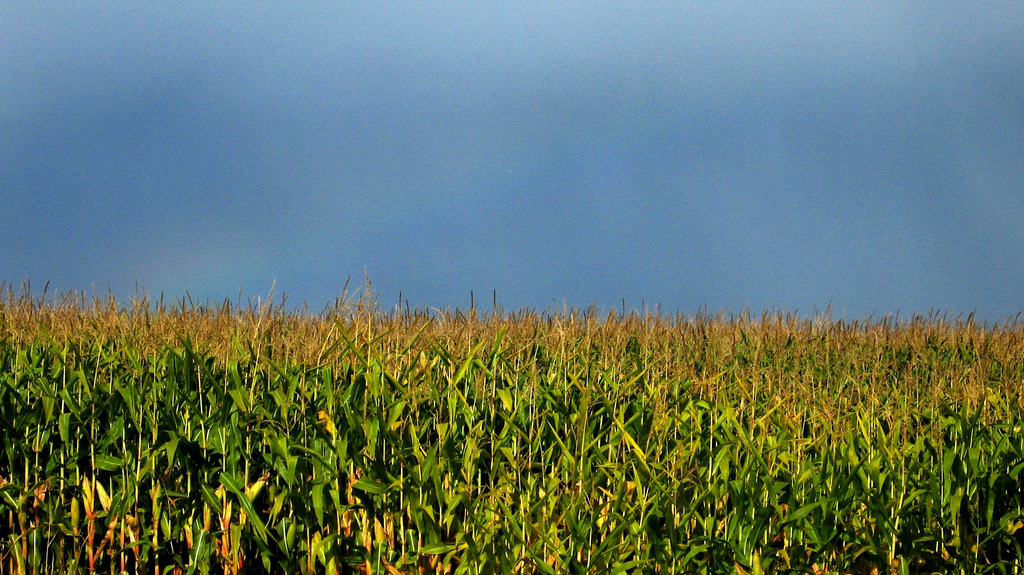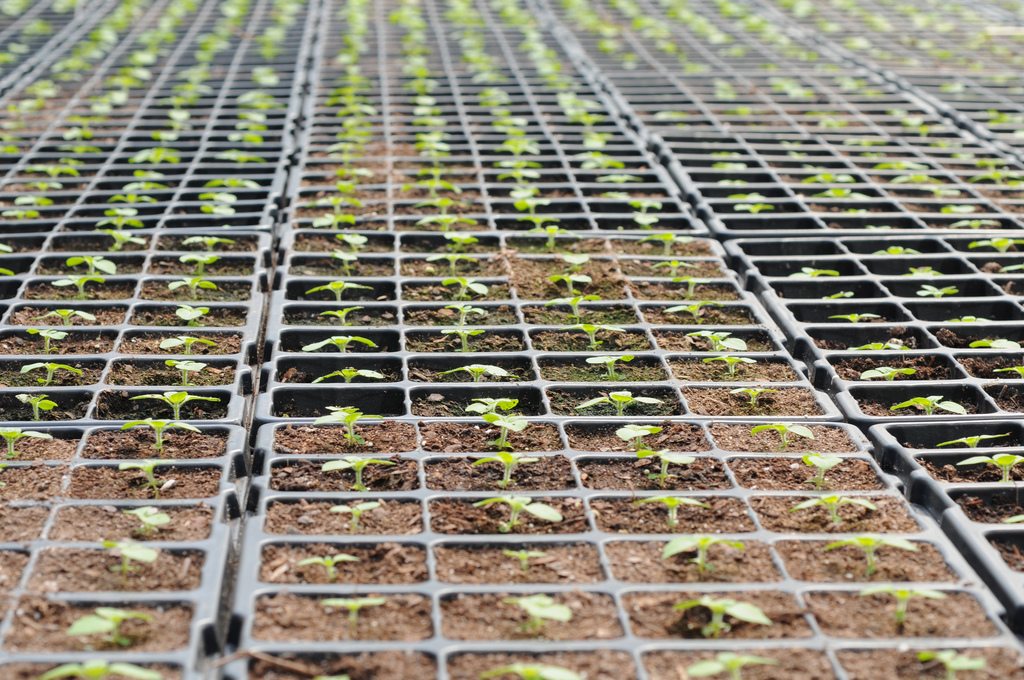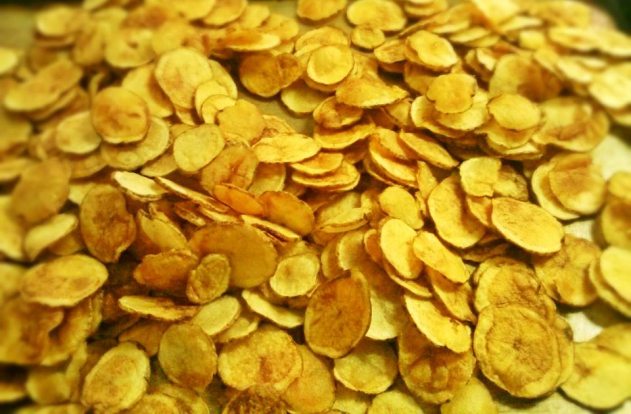Before, during and after a calamitous storm like Hurricane Harvey (or Irma or, now, Maria) a community food bank system is critical to stabilizing the food supply and ensuring safety. On a normal day in Houston—absent a weather emergency—there’s a straightforward and routine process for flowing food from a distribution point like the Houston Food Bank into the hands of the people who need it:
- Food arrives at the food bank’s main warehouse in the form of donations or product acquired from grocers, farmers, or packing houses.
- Community-based organizations within the food bank’s network, such as Target Hunger, will place online orders for whatever is needed and available. Target Hunger has its own system of pantries but also oversees numerous individual sites—like independent pantries or churches, for instance—that distribute food, and will order for its entire network.
- The food bank delivers the ordered goods to Target Hunger as part of its regular delivery runs.
- Target Hunger, in turn, distributes the food to its own pantries and individual sites it oversees.
This is normally how it goes, day after day. Then a hurricane like Harvey lands on top of the city and “normal” is, quite suddenly, no longer.
 Target Hunger
Target Hunger
When the storm finally swirls in, you simply hunker down and wait. There’s not much else you can do.
And when it clears, says Greene, “You get your butts back to work.”
For the Houston Food Bank, getting butts back to work took some time: While its warehouse was fine—it never flooded and never lost power—its main building was surrounded by waist-deep floodwaters and completely inaccessible. And all of its tractor-trailers and delivery vehicles were stranded. All day Saturday and Sunday after Harvey arrived, the trucks sat idle. By Monday night, they had still gone nowhere. The situation was becoming so concerning that there was talk of having to make deliveries by helicopter from the food bank parking lot.
But then the first high-water truck from the county arrived and the first delivery was able to go out. By Tuesday, several more high-water trucks arrived and several more loads of food went out.
The food support network was beginning to flow again.
(Greene says he’s already learned a new lesson from Harvey: Pre-load some of your delivery trucks and stage them at different points around the city. Don’t let them get trapped at your facility.)
At Target Hunger, meanwhile, it was Tuesday before Lemel Jones, CEO of the agency during the storm and another veteran of Katrina, was able to get back into the organization’s main building with her staff. By Wednesday, people were asking for help. Target Hunger handed out whatever food it had to anyone who came looking. Even the people who drove up in Mercedes.
Jones says there were questions raised about giving food to people who clearly had money but were nonetheless asking for help. Her response: Compassion is the primary goal.
“It’s not our role to say ‘you don’t deserve this,’” she says.
 Facebook/Target Hunger
Facebook/Target Hunger Bottled water awaits distribution at Target Hunger
As the days passed, Jones received calls from all over Houston: “We need help,” the callers said. “We’re hungry, there’s no food here.” The help required was no longer limited to the food bank’s regular service area. Individual citizens called to ask if they could become a distribution point for their own neighborhoods (which is exactly what Target Hunger helps people do). But you have to train new sites, says Jones; you can’t just have a bunch of good people with good intentions and no experience trying to move heavy crates of food, manage long lines of hungry people, and direct traffic. So Target Hunger got to work helping to open new sites in the days of the storm. Jones herself had just finished a training when we spoke.
Donna Brownlow, director of food service operations for Target Hunger, couldn’t talk to me the first time I called. She was distributing the very first batch of supplies to one of these new sites, the New Day Deliverance Holiness Church, and was driving through a neighborhood of flooded homes. There was debris on every block and in every yard. Included in her delivery was disaster product, water, and a little fresh fruit, but also toiletry items and donated school uniforms (to make sure students had what they needed when schools reopened).
Brownlow had been at home when Harvey made landfall. She was watching the news: images of dramatic helicopter and water rescues in an area of town she calls the “Old North Forest School District.” “The media made the devastation pretty clear,” she told me in a later phone call.
After providing food aid in Houston for twenty-two years, Old North Forest is a neighborhood Brownlow knows well. And she knew the community was going to need of a lot of help as soon as the streets cleared and people got back into their homes. So in the midst of the churning storm, she starting reaching out to her network: Who in this particular area could serve as a functional site to distribute food? Every part of Old North Forest seemed to be underwater. Except for the New Day church. It did not flood. And the New Day leadership agreed to become a site.
As soon as she could, Brownlow met with the church to assess the location and explain the logistics involved in getting food from the Houston Food Bank out to the people in the community. She organized her Target Hunger staff and volunteers to help run the site. They trained church volunteers on the spot, even as the actual distribution was underway.
It was September 7—nearly two weeks after Harvey made landfall—before New Day was up and running. It seems like a long time. But Brownlow says you couldn’t simply drive into the area and start handing out food. The residents who had been rescued or evacuated weren’t all back in their homes yet. And those folks who had returned were looking for quick meals prepared by others so they could focus on the clean-up. In the days immediately after the storm, churches were opening their doors and firing up their stoves to provide cooked meals; the Houston Independent School District opened several of its schools to provide breakfast, lunch, and dinner on a first-come, first-served basis to all community members. But Brownlow says there was also an informal supply network: people setting up cook trucks or driving around handing out sandwiches; not official agencies, just folks from different states who came to help.
 Target Hunger
Target Hunger New Day Church was one of the only buildings in its neighborhood that didn’t flood
Which, interestingly, is similar to the way Brian Greene described a normal day providing food support to the Houston area. Successfully getting food to people in need requires managing a whole bunch of uncontrollable variables: How much food will be available to the food bank? How many people will need help? Will the supply match the demand? How much money will be donated to run operations? And who in the community—both partner agencies and individual volunteers—will be willing to help distribute?
The same was true for Brownlow and Target Hunger in getting food to victims of Hurricane Harvey: You plan a distribution for a certain place and time. You get the word out through local news, social media, fliers, word of mouth, any way you can. Then you pray you have enough help—and enough food—when people show up. A natural disaster only intensifies the everyday uncertainty and unpredictability that goes along with distributing food aid.
That’s why, Brownlow says, controlling the post-hurricane chaos has pretty much gone like clockwork. She’s been doing this work for a good long while; so have Jones and Greene. When disaster hits, you just kick into overdrive.
“Humanity gets a bad rap,” she says. But in Houston, humanity is really showing up: “People are out there giving to other people.”
